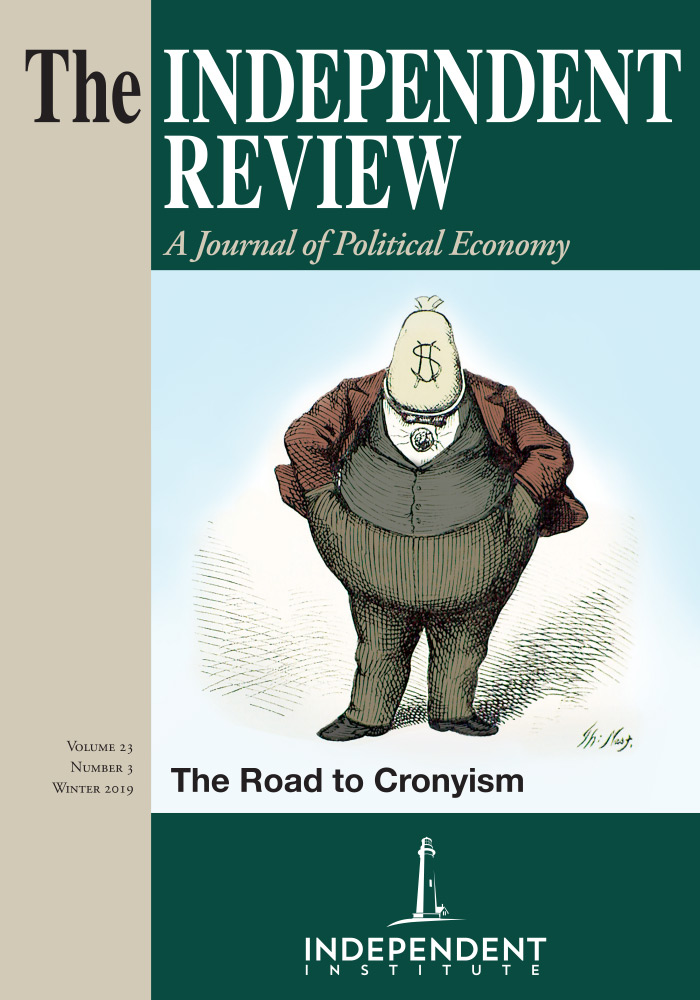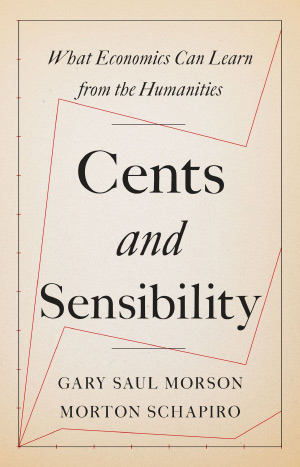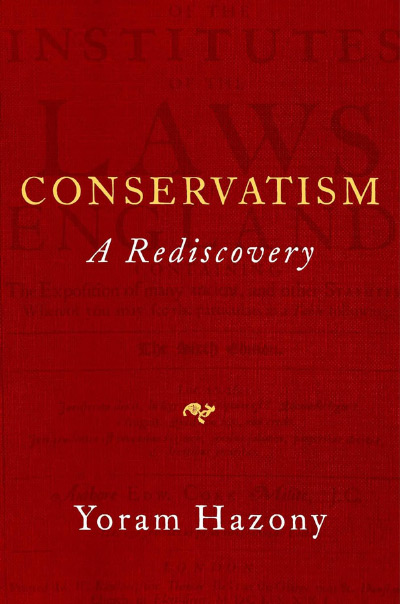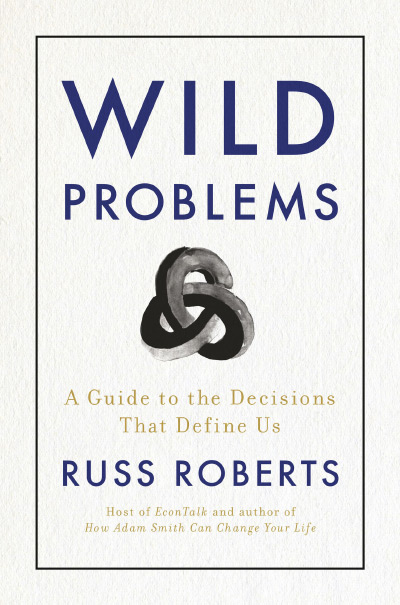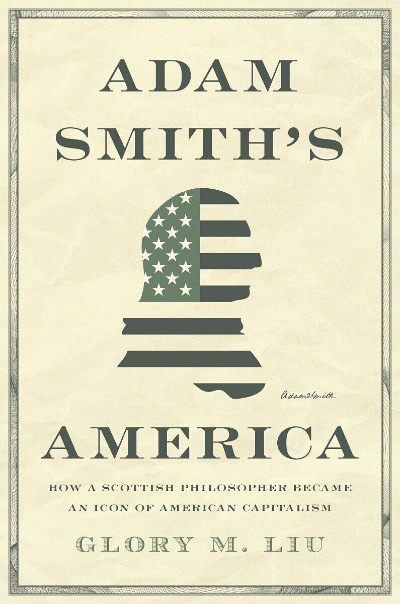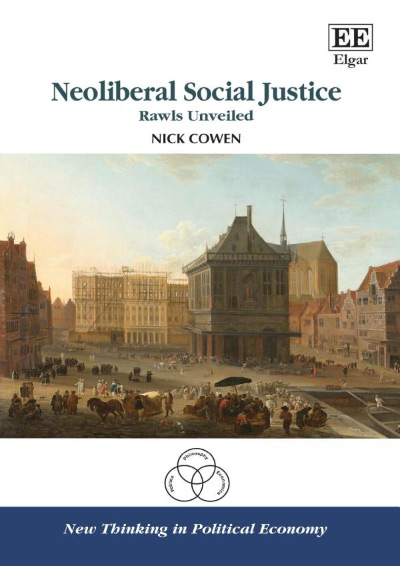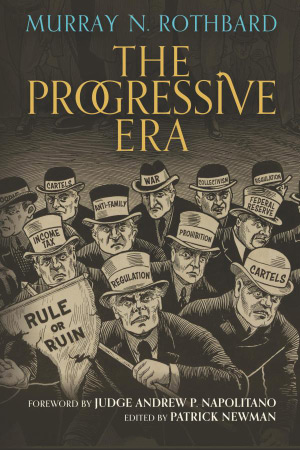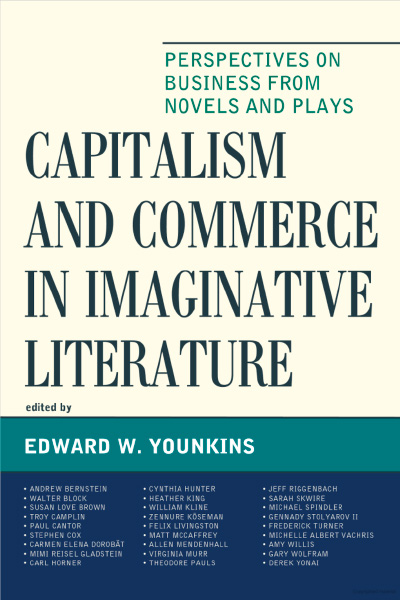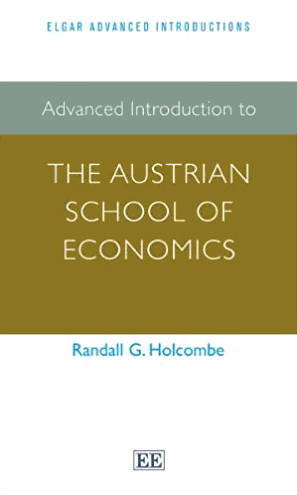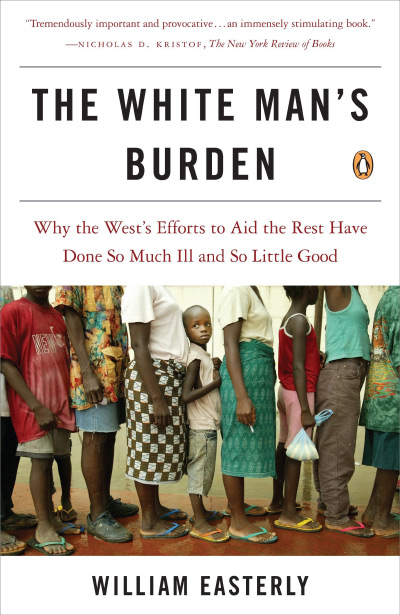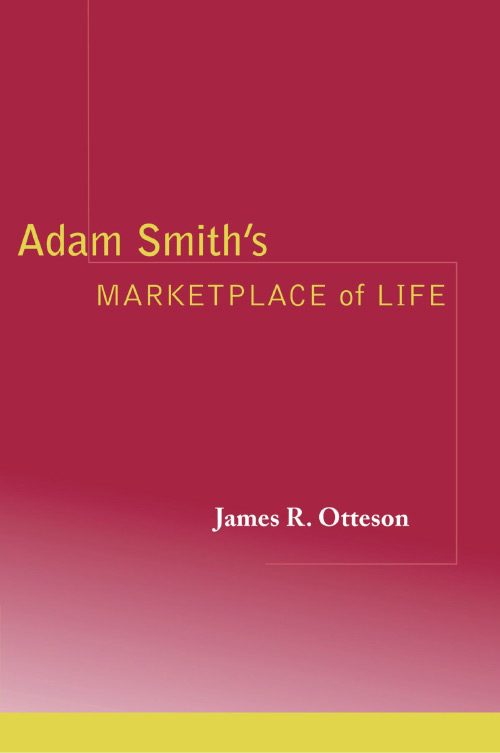What do you get when the president of a prestigious university who happens to be an economist and a renowned professor of Russian literature at the same university collaborate on an academic book? This might sound like the beginning of a joke, but Gary Saul Morson and Morton Schapiro’s explorations of potential intellectual gains from collaboration between economics and the humanities is a thoughtful, serious, and readable book about the state of economics, the humanities, and much more.
Although its title sounds like a scolding of the economics profession, its content shows a sophisticated understanding and appreciation of what economists do. Nor does it claim the humanities as taught in the modern university is an ideal for emulation. Far from it. While the book will surely infuriate some economics professors, it will likely enrage even more literature professors.
This is evident in the first few pages. The authors borrow a computer term, “spoofing,” which means to falsely assume another’s identity in on-line communications. They call academic “spoofing” the practice of “pretending to represent one discipline or school when actually acting according to the norms of another” (p. 2). And yes, early on the authors chide economists for academic imperialism arguing economists are spoofing when they “pretend to solve problems in ethics, culture, and social values in purely economic terms” (p. 2). However, this is preceded by an invective aimed at literature professors who use their courses as platforms for giving “lessons in politics that a political scientist would scoff at or in sociology that would mystify a sociologist” (p. 2).
The fun goes on in the next few pages when the authors critique economists’ reliance on rational choice models noting: “Why would philosophers since Socrates have been urging people to act rationally if they did so anyway?” (p. 5). But again, they also lambast humanities scholars for practicing what they call the “dehumanities”—typified by the routine claim of literature professors that “there is no such thing as great literature but only things called great literature because hegemonic forces of oppression have mystified us into believing in objective greatness” (p. 6, emphasis original). Morson and Schapiro remark “if this idea was once bravura, it is now just boring” (p. 6).
The first two chapters offer numerous critiques of both economics and humanities that go well beyond adroit quips. This reader found one of the more profound groundings of their argument in the reference to Aristotle’s Nicomachean Ethics where the ancient philosopher notes: “...for precision is not to be sought for alike in all discussions...for it is the mark of an educated man to look for precision in each class of things just so far as the nature of the subject admits; it is evidently equally foolish to accept probable reasoning from a mathematician and to demand from a rhetorician scientific proofs” (p. 35).
Of course, economists are fond of scientific proofs, while literature study offers probable reasoning—and at times improbable reasoning. Yet the authors argue quite effectively that the economic scholar can learn from the literary scholar and vice-versa if both make a good faith effort to understand and appreciate the other’s methodology. Human behavior and human society are complex, and an educated understanding of them will be found in neither a purely scientific nor a purely descriptive approach.
This sounds very much like the justification for pursuing a broad liberal education. The truly educated persons appreciate the limits of their expertise and have an appreciation for insights from others. And importantly this understanding does not make one’s primary discipline any less important or relevant. As the authors point out “If someone were to argue that to understand human society one needs more than biology, that would not diminish biology” (p. 41). This is a very refreshing perspective to those of us who labor in universities and colleges that still pay lip service to the idea of liberal education but increasingly seem to be offering students little beyond white collar vocational training overlaid with a strong dose of political correctness.
Introduced in the second chapter, the authors make good use throughout the book of the distinction philosopher Isaiah Berlin made between “foxes” and “hedgehogs.” Hedgehogs are intellectuals with one big idea. Hedgehogs give a single-minded explanation of phenomena that is universal and comprehensive. Karl Marx’s claim that “The history of all hitherto existing societies is the history of class struggles” (p. 58), the authors note, makes Marx a consummate hedgehog. Foxes, on the other hand, are natural skeptics who readily discount any all-encompassing theory of anything. They are always willing to turn over another stone or seek out new evidence. Ludwig Wittgenstein’s dictum: Don’t say that something must be the case but “look and see” (p. 58)—makes Wittgenstein the consummate fox, as Morson and Schapiro note.
As the authors are proposing interdisciplinary collaborations, they display an understandable affinity to foxes and a clear aversion to hedgehogs. Nevertheless, they recognize that hedgehogs often make great contributions necessary to advance knowledge. They also note that foxes can be problematic: “if hedgehogs are subject to hubris, foxes can sometimes be too tentative” (p. 60, emphasis original).
They conclude the first two chapters identifying the putative goal of their work as being “to temper the hedgehogism of traditional economics with the foxiness of great novelists. We hope to show the value of both and the still greater value of a dialogue between them” (p. 63).
The rest of the book attempts to illustrate how this can all be done. Three chapters are case studies that claim to illustrate how standard economic analysis can be improved by dialogue with the humanities. Topics examined are the “Economics of Higher Education” (Chapter 3), the “Economics of the Family” (Chapter 4), and the “Economics of Development” (Chapter 5).
This is followed by a chapter on what the authors call “The Best of the Humanities” (Chapter 6). Morson and Schapiro then segue to a chapter entitled “De-hedgehogizing Adam Smith: The Economics that Might Be” (Chapter 7), and then a final chapter summing it all up in what they call “Humanomics” (Chapter 8).
So how well do Morson and Schapiro deliver? The performance is mixed. Yes, the authors offer reasonable critiques of economics using a host of sources from economics, other social sciences, and the humanities. Yes, the authors make a convincing case that economists’ utility maximizing models do not explain all human behavior. Yes, the authors illustrate adeptly that culture, history, and particular circumstances can be as influential as economic policies in society. But no, the authors do not deliver much on the use of novels or great literature to make their case.
The chapter on higher education provides the reader with a number of very interesting insights about university admission and financial aid practices. It makes the point that even the most sophisticated econometric models do not tell enrollment managers everything they want to know. It heralds the usefulness of qualitative research in social science. All well and good but aside from a couple of literary references, it is hard to see how this is a particularly effective example of what the authors are trying to illustrate.
The chapter on economics of the family is a critique of one of the ultimate hedgehogs of modern economics: the late Nobel Prize winning economist Gary Becker. It cleverly couches its critique in terms of the nature and magnitude of the “error term” of empirical tests that emerge from models of constrained utility maximization. What is an economist to do with the error term? A “hard Becker” approach instructs the economist to seek out a better specification of the utility functions or budget constraints. A “soft Becker” approach allows the economist to seek out other non-economic models, narratives and methods to fill in the gaps. Again, well and good, but aside from noting that Anna Karenina is a really good novel about love and marriage there is little reference to great literature.
Likewise, the chapter on economic development makes some great points about the importance of culture and institutions in understanding the development process but offers only cursory references to great novels.
However, the authors do eventually give the reader a justification for why great literature and novels should be of particular interests to economists. In chapter 6 the authors tell us that empathy is key to a deeper understanding of human nature. They go on to claim: “Other disciplines—including economics—sometimes tell us that we should empathize, but only literature offers this constant practice in doing so” (p. 230). (As a side note, the authors are clear that this is not necessarily the way literature is taught in most college classrooms.)
The authors then note in Chapter 7 that Adam Smith—the father of modern economics—did not think of the world in terms of utility maximization, but rather explained human behavior in terms of moral sentiments connected to mutual sympathy, or what we would today call empathy. Adam Smith, you see, was not a hedgehog but a fox. And Adam Smith, as any serious reader of Theory of Moral Sentiments knows,would certainly approve of using novels and literature to expand moral imagination. Thus, the circle is squared.
Morson and Schapiro’s work is required reading for economists interested in interdisciplinary work. Read it for pleasure and edification.
| Other Independent Review articles by Cecil E. Bohanon | ||
| Summer 2022 | Minds Wide Shut: How the New Fundamentalisms Divide Us | |
| Winter 2021/22 | Steven G. Horwitz: A Tribute | |
| Winter 2020/21 | Human Nature and Civil Society in Jane Austen | |
| [View All (8)] | ||

